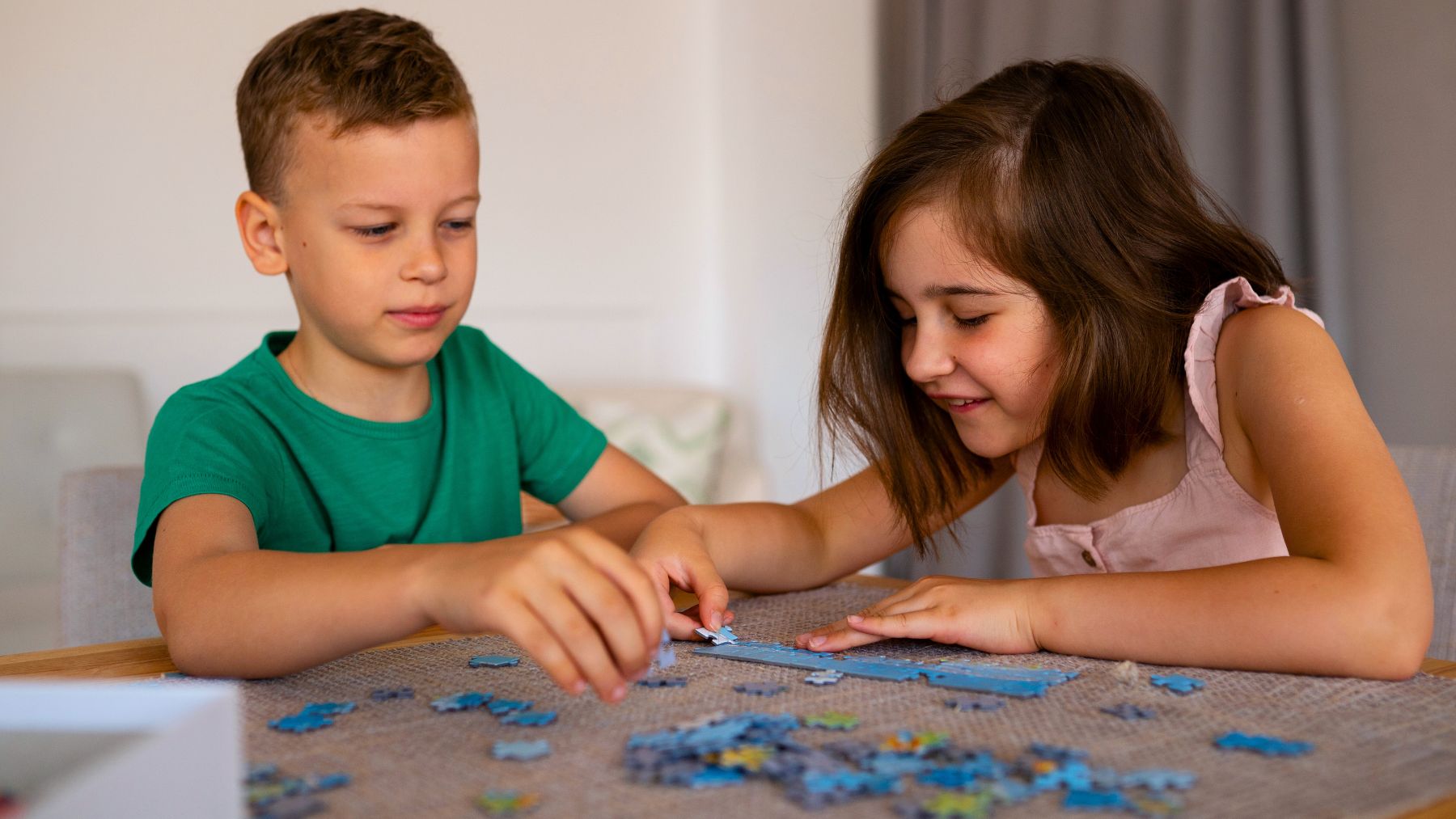Many parents believe that a child’s achievements in sports or technology reflect superior cognitive aptitude. However, quieter, more creative pursuits can have a bigger impact. Children who engage in painting, drawing, or sculpting tend to develop stronger problem-solving abilities, heightened emotional resilience, and increased confidence.
According to Dr Laura Markham, a child psychologist at Columbia University, many kids share this interest, especially at an early age. Regular artistic activity reinforces neural pathways associated with critical thinking, emotional regulation, and imaginative exploration. Besides, it offers a liberating space where children can process feelings and discover fresh perspectives.
Let’s examine how creative endeavors fuel cognitive development, why older children sometimes abandon artistic activities (and how to prevent this), and practical methods to nurture a lasting interest in art.
How art helps kids think differently and keep creating
Art is a language through which young minds can communicate and understand the world. Children often use simple scribbles, a spectrum of colors, and basic shapes to express emotions they don’t have the words for yet. For example, a preschooler’s chaotic painting of a “storm” might reveal underlying anxiety about starting school, while a clay sculpture of an uneven family portrait can signify deep pride in their home life.
Art stimulates brain regions not typically involved in speech, providing a unique channel for processing life experiences. Yet around the age of 7, many children begin to withdraw from creative activities. They might compare their work to peers or become discouraged when their drawings do not appear “right”.
The remedy is to shift the focus from the outcome to the artistic journey itself. Instead of simply praising a realistic drawing by saying “That dog looks perfect”, offer commentary that celebrates creative choices, such as “I love how you used purple for the grass; it feels magical”.
Keeping art materials—sketchbooks, cardboard, washable markers, and other supplies—in an accessible spot can help maintain a low-pressure, spontaneous creative environment. As children mature, they may prefer digital art, photography, or DIY projects, which continue to exercise their creative muscles and critical thinking.
6 ways to make art a habit for kids
By turning everyday moments into opportunities for creative play, parents can spark a passion for learning and innovation. Below are several practical strategies to weave art into your child’s routine.
- Stock simple supplies. Keep paper, crayons, and clay in visible spots. A bored child is more likely to doodle if supplies are within reach.
- Ask open-ended questions. Instead of “What is that?”, say “Tell me about this part”. This encourages storytelling rather than self-criticism.
- Normalize “ugly” art. Share your imperfect sketches and laugh about drips or smudges. Children need to see adults creating without the pressure for perfection.
- Mix art into daily life. Suggest designing a comic about their day, sketching plants during a walk, or crafting unique gift wrap for birthdays.
- Connect art to their world. If they love video games, explore pixel art together. If they’re fascinated by science, encourage drawing imaginary planets or designing futuristic inventions.
A child who experiments with colors learns about cause and effect, while one who builds a cardboard castle practices spatial reasoning. These abilities translate into better decision-making and adaptability, both in the classroom and in everyday life.

